Islamic Society’s Prayers Answered with Goleta Mosque
Islamic Center of Santa Barbara Built After 20 Years of Planning and Backlash
By Delaney Smith | Published July 2, 2019
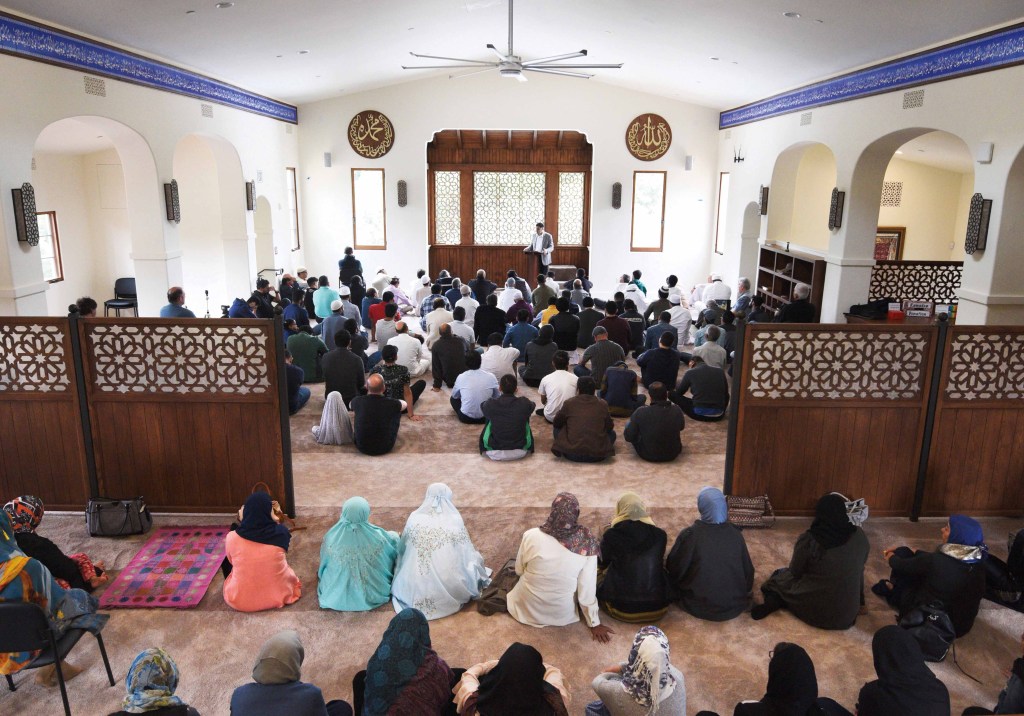
If timing is everything, the couple from Saudi Arabia could not have picked a worse time to decide to build a mosque in Santa Barbara. It was 2001 — not a great time to be Muslim anywhere in America. After the 9/11 attack, people of Middle Eastern descent were targeted simply for the way they looked. “Everyone was so suspicious about our faith,” said Afaf Turjoman, talking about the day she and her husband, Mukhtar Khan, went before the County Board of Supervisors to request a building permit. “We were naked.”
This winter, 19 years after that first public meeting, the Santa Barbara Islamic Center will finally open its doors in Goleta on Los Carneros Road. But not before the couple began a long journey of reaching out to the community. At the 2001 board meeting, which went on for hours, not one person spoke up in favor of building a mosque. By the last public hearing in 2013, however, the hours of public comment were overwhelmingly in favor of Santa Barbara County’s first-ever mosque.
“We never wanted to impose ourselves upon the community; we wanted to be accepted.”
Realizing how intense the fear of Muslims was in the post-9/11 world, Turjoman worried not only about how people were reacting to the mosque, but also, even more importantly, about how this hostility and fear might affect the couple’s four young children. “We never wanted to impose ourselves upon the community; we wanted to be accepted,” Turjoman said. So the family began going to interfaith events that were forming all over Santa Barbara in the aftermath of the Twin Tower attacks. Santa Barbara’s Interfaith Initiative, a monthly meeting between leaders representing Christian, Jewish, Muslim, Buddhist, and other faiths, invited the family to discuss religions and cultures with the group.
Bringing the Faith Together
Turjoman and Khan came to Santa Barbara from Saudi Arabia to attend UCSB. Khan quickly realized that there was no place for Muslim students to pray together, so, in 1975, he founded the Muslim Student Association, which continues on campus to this day. After graduation — Khan has degrees in business economics, math, computer engineering, and electrical engineering, and Turjoman has a degree in English literature — they missed the community they had formed at university. Eventually, in 1987, they cofounded the Islamic Society of Santa Barbara, which brought together Muslims from all over the county, many of whom had emigrated from other countries, bringing with them different traditions and sects but all looking for a place where they could pray together and celebrate their faith. Today, the Islamic Society has grown, with at least 35 families who are rooted here in Santa Barbara and many others who come to the area because of the university or for work.
One Santa Barbara native, Zaman Malik, a Dos Pueblos High School and Santa Barbara City College alum, described how difficult it was for Muslims to even find a place to hold Friday prayers before the mosque. When they were renting out buildings for prayer, that was all it was — prayer. But when the S.B. Islamic Center is open all the time (currently, it holds a temporary permit allowing religious services), not only will members be able to come and pray the traditional five times a day, but the whole community can come together for fun events such as movie nights in ways they were never able to before. “People think Islam is about fighting Jihad and non-Muslims,” Malik said. “I always tell my friends, look at the teachings of the Qur’an. It’s really about fighting flaws within yourself.” He hopes that a permanent mosque will also allow non-Muslims the opportunity to drop in to understand the religion better.
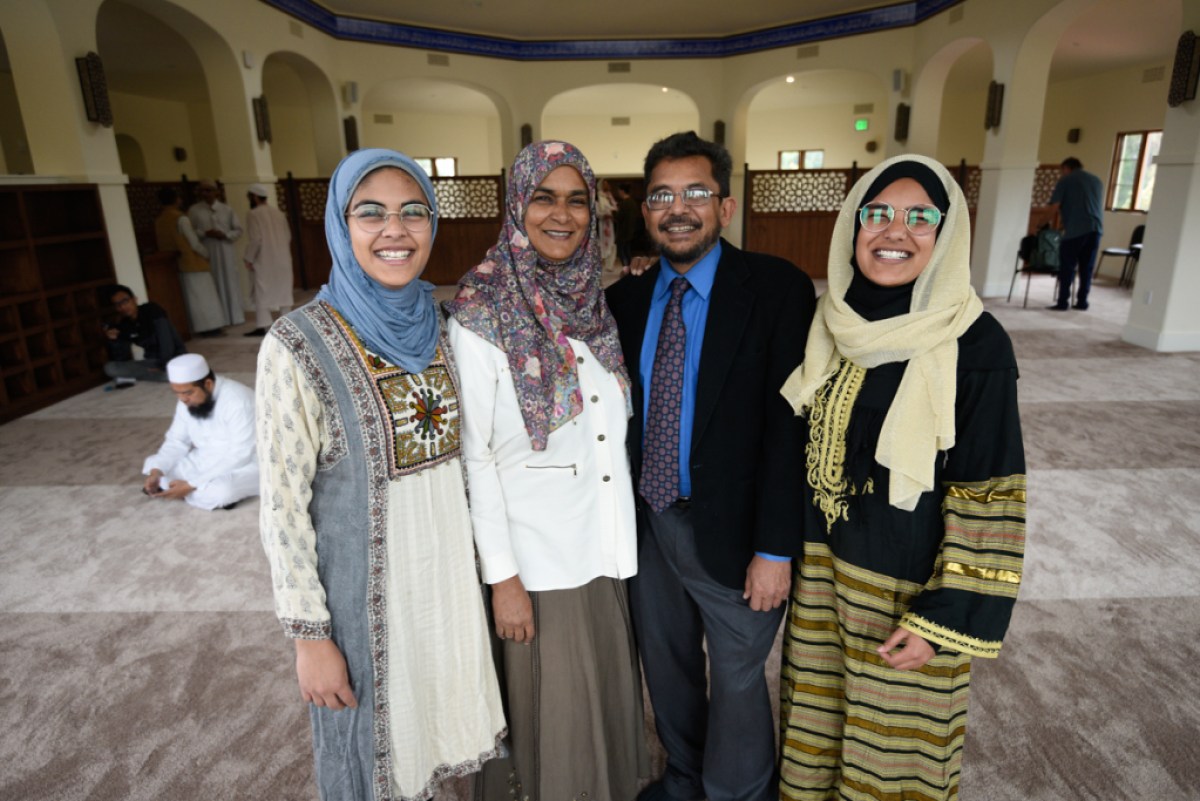
This is already beginning to happen. “We keep getting asked when we will invite our friends of other faiths,” Turjoman said. “They will ask, ‘Hey, I saw a light on in the mosque! When can I come by and visit?’”
The person she felt was one of their greatest interfaith allies, the one who helped cultivate this supportive atmosphere, was Reverend Steve Jacobsen. Currently the interim pastor at St. Andrew’s, he was the senior pastor at Goleta Presbyterian Church when he first met Turjoman in an interfaith group back in 2006.
Jacobsen was the director of Sons and Daughters of Abraham, a group that brought together members from the Presbyterian congregation, the local Jewish Reformed synagogue, and the Islamic Society to share meals and find commonalities between their three religions.
“You spend enough time with people and they become real people, not members of a group.”
“You spend enough time with people and they become real people, not members of a group,” Jacobsen said. They played a game he dubbed “everything you want to know about another religion but are too afraid to ask.” Over the course of nearly two years, he got to know Khan, Turjoman, and their four children on a deeper level. “It was delightful; we were completely open and there was no fear,” he said.
Despite the opponents who showed up at board meetings to protest the mosque, Turjoman said being part of Jacobsen’s group, as well as the Sisterhood of Salaam Shalom — a group dedicated to building relationships between Jewish and Muslim women — and the Santa Barbara Interfaith Initiative, allowed her family to form close bonds with people from all walks of life.
After the March 15 terrorist attack on two New Zealand mosques that killed 51 Muslim worshippers, the Sisterhood of Salaam Shalom knitted about 5,000 hearts and sent them to Christchurch, New Zealand, in solidarity with the victims. “We really came together after the shooting,” Turjoman said.
The whole Islamic Society, Turjoman said, welcomed the chance to be part of the greater community and to give back to their neighbors, since a major part of their mission is to “serve the Creator, the local community, and humanity at large.” From cooking food for the local end-of-life care center Sarah House to volunteering with Habitat for Humanity and hosting a food program to serve dinner to homeless people at the Santa Barbara Rescue Mission, the members of the Islamic Society found ways to serve others. And at the same time, they lived their normal lives: raising their children, holding down their 9-to-5 jobs, and shepherding through the $4.5-million fundraising and construction project for almost two decades.
The Santa Barbara Islamic Center
From the outside, it is almost indiscernible to passersby that the Islamic Center houses a mosque. Instead, the octagon-shaped building looks like a barn, to reflect Goleta’s farming town history, and its clay tile roof matches the architecture first introduced by the Spanish in 1790. The architect, Ken Mineau, said the Goleta-style architecture is actually typical because mosques worldwide are always vernacular, matching the region they’re in. “There are subtle hints about what is going on inside,” he explained, “if you know what to look for.”
The “hints” are subtle indeed. The minaret, an Arabic word for lighthouse, is the tower-like structure traditionally found on mosques, and in the Goleta building was designed to resemble the historic West Camino Cielo Water Tower. The date palm trees planted around the Islamic Center appear at first glance to be the classic Southern California fan palms, but they actually originated from what is now Iraq and are hugely significant to the Islamic faith — Muslims traditionally break their Ramadan fast with dates from such trees. The outside lights are etched with geometric designs in the traditional Arabic style.
The elegant yet simple design carries over to the inside of the two-story, 6,720-square-foot Islamic Center. Since Muslims never represent humans or animals in their art, the interior is decorated with intricate geometric patterns and Arabic calligraphy. One can’t look in any direction without spotting the designs in the lights, vents, walls, and mihrab, an indentation in the mosque wall that marks the direction of Mecca. Arabic calligraphy lining the ceiling upstairs denotes the Chapter of Mercy from the Qur’an and makes the center’s purpose obvious, a stark contrast from the building’s simple exterior. The mosque is contained solely in the upstairs portion of the center, while the downstairs area includes an auditorium, a library, a children’s classroom, and a studio with a separate entrance for the imam, the prayer leader in the Islamic faith. “We want everyone to feel welcome here,” Mukhtar said. “There is something here for everyone.”
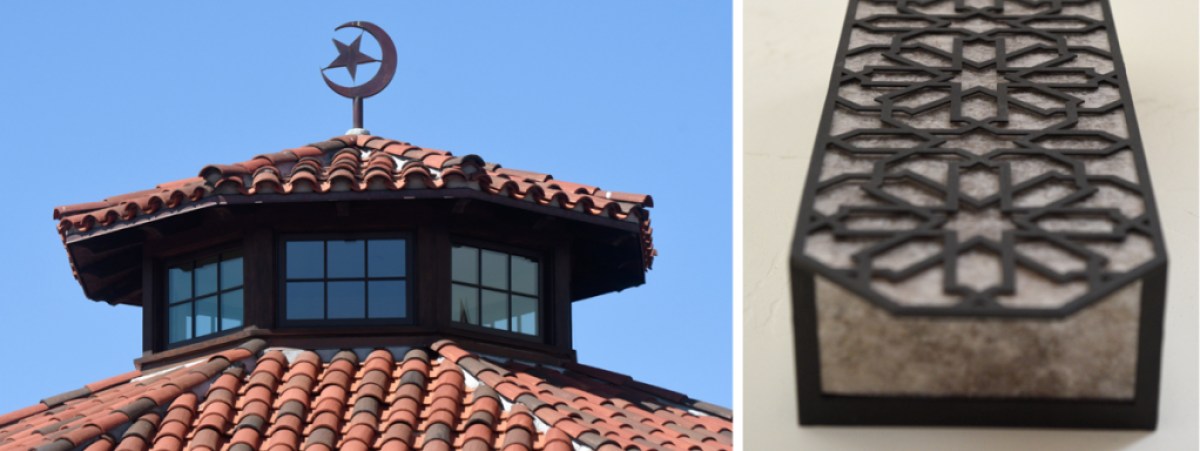
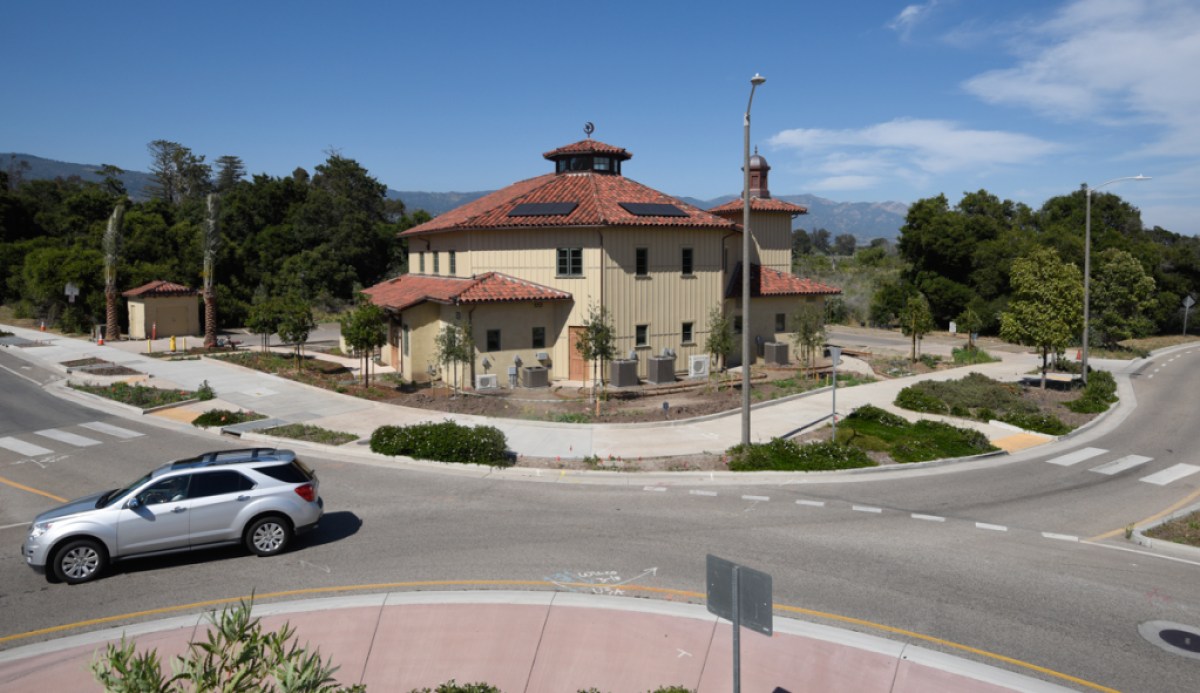
The center currently holds a temporary occupancy permit, meaning that there is still minor construction to be done but it is habitable to the point that they held iftar — the meal eaten by Muslims to break their Ramadan fast — after their prayers upstairs in the mosque. “It felt so amazing,” Dalia Khan, the couple’s 23-year-old daughter, said about the center’s first iftar on May 17. “It was the first time we were able to break our fast together after night prayers. I started crying because I was so happy.”
The library, although modest in size, is intended to attract UCSB students, and anyone else for that matter, to hang out, study, or surf the web. There will be books as well as computers and desks for studies of any kind, not just Islamic, which they hope will truly make the building feel like a community center.
The classroom will be where children can study the teachings of the Qur’an, and the auditorium will be available for funerals, weddings, interfaith meetings, meals, and other community events. Downstairs, there is a separate studio with a basic kitchenette and bathroom for the visiting imams. During Ramadan this year, imams came from India, England, and Egypt.
As in all mosques, visitors must remove their shoes before entering. Downstairs are the bathrooms for men and women, both of which contain ablutions, washrooms where members can perform wudu — the cleansing ritual to wash the feet, hands, and face — before going upstairs into the mosque. This is out of respect and helps keep the mosque floor clean, as it is an entirely carpeted area for members to pray on the floor.
The simplicity of the design, intended to not distract from prayer, is carried upstairs into the 3,030-square-foot mosque — the true heart of the center. “This mosque is incredibly unique, but every mosque is,” said Abul Waheed, one of the three visiting imams. Waheed flew to California for Ramadan May 6 from Bradford City, England.
“Usually, mosques are dominated by a particular ethnic group, but here there is someone from everywhere.”
Waheed is a husband and father of four children, ages 10, 8, 5, and 10 months, whom he temporarily left behind to help lead the first-ever Ramadan prayers in the new center. During the last 10 days of this most important Muslim holiday, he observed itikaf — a Ramadan ritual where a person remains inside the mosque in an effort to grow closer to God. “The diversity of people here is what really struck me,” he said. “Usually, mosques are dominated by a particular ethnic group, but here there is someone from everywhere.”
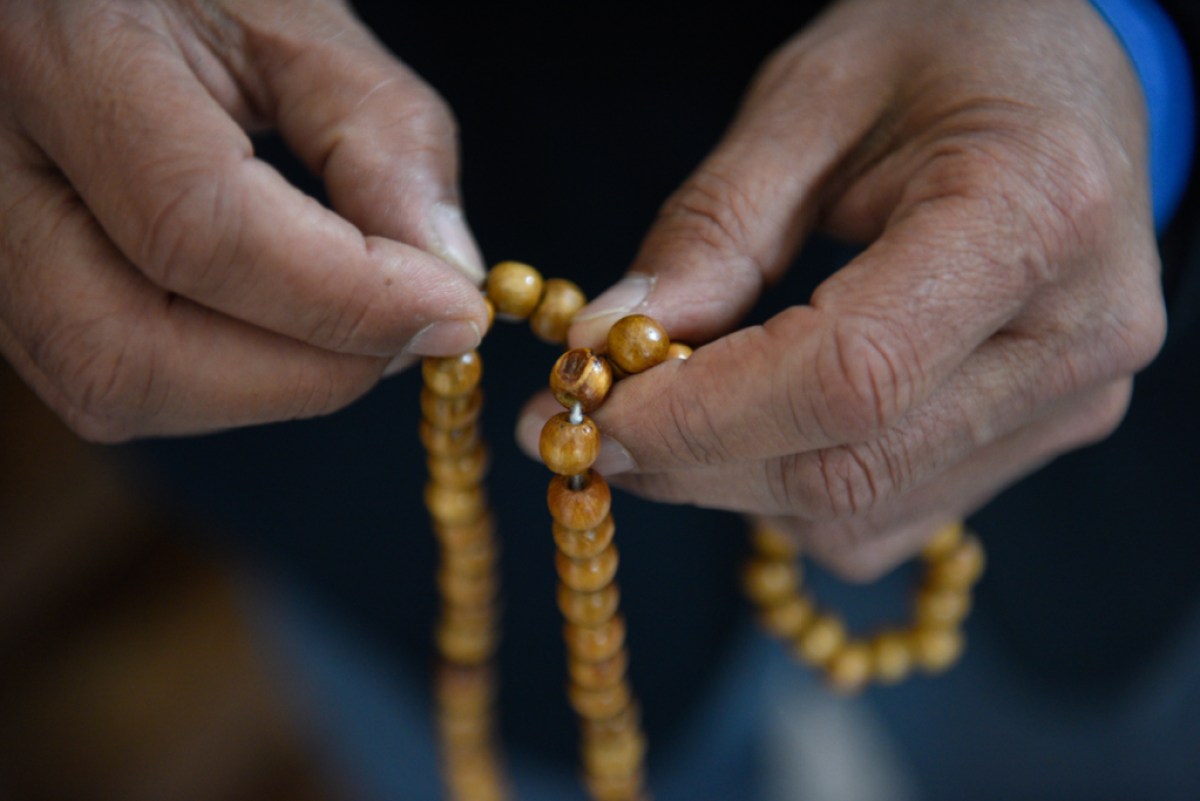
Waheed’s observations about the mosque’s diversity is reflected in its architecture, too. Typically, many mosques have a dividing wall where the men pray in the front and the women pray in the back. Historically, this was intended to prevent distractions during prayer. Because the Islamic Center doesn’t align itself with any particular sect of Islam, Mineau designed the divider as a sort of happy medium to please traditionalist and new-age Muslim members alike. The divider stretches from either wall but is open in the center, so women can pray in the front if they so choose.
Islamic Center Goes Green
It was important for the Islamic Society to keep its center environmentally friendly. “The most exciting part is probably that all the water goes back into the building itself,” Mineau said. All gray water from the ablutions, bathroom and kitchen sinks, and the studio shower is piped back into the surrounding trees and landscaping outside. All soap used in the building is biodegradable, so as not to poison the plants. The toilet water is the only water not recycled, but Mineau said the center’s low-flow toilets use only a gallon of water per flush.
The site uses hardly any energy at all, as it’s all powered by photovoltaic roof panels. During the day, the many windows provide natural lighting, but when needed, the electric lights use energy-efficient LED bulbs.
The center’s interior walls have tiny geometrically shaped openings that allow air to flow freely between rooms, which reduces the need for air conditioning. There’s also bicycle parking, electric vehicle charging stations, and a refillable drinking water station with complimentary reusable bottles from the center.
Meet the Members
“When we come to the mosque and put our shoes in the rack, we don’t leave our brains there, too, right?” Laughter rang through the sea of kneeling men and women nodding their heads in agreement with Salam Al-Marayati, a well-respected Los Angeles khatib, a preacher who leads the Jumu’ah, or Friday prayer service. Al-Marayati was speaking on yatafakkarun, an Arabic word roughly translated as “critical thinking.”
“If you want to be a good Muslim, you must be a good thinker,” he told the congregation. “We are not here to produce cults, and we don’t blindly follow a leader. … If an imam makes a mistake, it is our collective responsibility to correct him.” To someone not familiar with traditional Muslim preaching, it might come as a surprise to hear his message: to think for oneself. It certainly didn’t conform to the anti-Muslim rhetoric that claims Muslims are brainwashed into a radicalized hatred against the whole of Western culture.
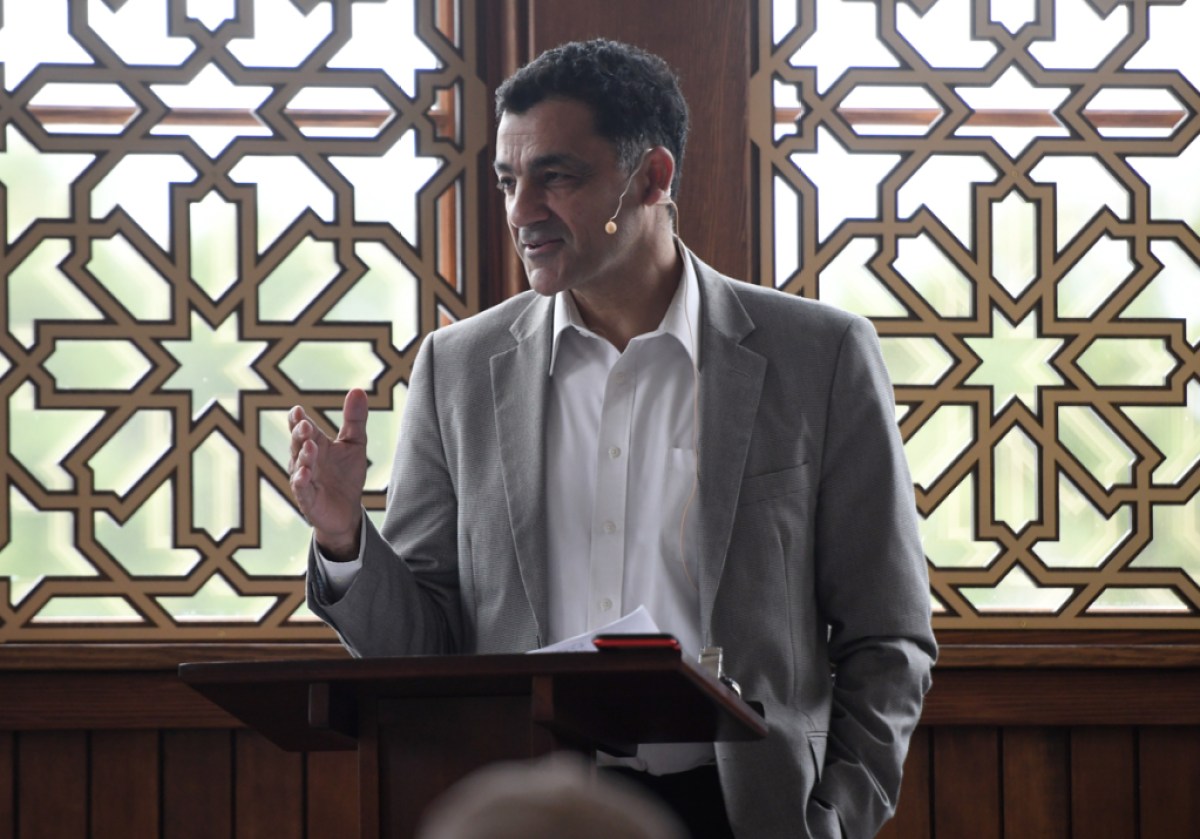
If the sermon’s message wasn’t enough to break stereotypes, the fellowship was. People of all colors, ages, and continents but Antarctica were kneeling together. “I like to tell everyone that we are a big tent,” said the society’s board chair, Jamal Hamdani. “Everyone is welcome because we know we can’t become great by dividing. Finding the common shared humanity is what enriches us.”
Many members who are converts contribute to the society’s self-proclaimed “melting pot” culture. Frank Banales, founder of Zona Seca, a Santa Barbara–based nonprofit aiming for a drug-free community, has sat on the society’s board since 2003. Banales was born in Santa Barbara and raised Catholic, but he converted to Islam in 1967. “I was searching for a faith,” he said, “and I found that every unanswered question I had in the church was answered in Islam.”
Shireen Qureshi, however, who was born in Pakistan and raised as a Muslim, joined the society 22 years ago. She teared up when recounting the struggle to raise the money for the mosque. “Most of the donations to build this place were small,” she said. “There was not one big donation; it was thousands of small ones from ordinary people.” Raised in the Islamic faith, she said having a center to congregate is critical, particularly because it is the only one between San Luis Obispo and Newbury Park.
Normah Halim, the society’s treasurer since 2006 and wife of the architect Mineau, is originally from Malaysia, where she was brought up in the faith. She met her husband when he was working there on an architectural project. They fell in love, and he converted in 1990 before they married. After 10 years in Malaysia, they moved to Santa Barbara, Mineau’s hometown. “People don’t understand that Muslims come from all over the world,” Halim said. “There are Asians like me, white guys like my husband, Indians, Africans, you name it. We are one big family.”
Approval Setbacks
When the property was originally purchased in 2001, the City of Goleta was the largest unincorporated populated area in Santa Barbara County, so the first applications for building permits went before county government commissions and the board. When Goleta became its own city in 2002, with its own city council, the Islamic Society had to start the process of explaining their faith and the need for a mosque all over again.
“We understand that five times a day, they ring the bells to call to prayer,” said one woman during the public comment period at a November 2013 Goleta Planning Commission meeting. “How loud are the bells and what time in the morning do they start?” Bells were never part of the design plans, yet these worries, complaints, and sometimes downright hysteria marked the early days of the Goleta hearings. Enough threatening letters arrived that a sheriff was in attendance at the first Planning Commission meeting, a highly unusual need.
“It’s so beautiful that one city can be so diverse and inclusive, but why are the Muslims left out? The Muslims in this city have the right to a place to worship.”
“It’s so beautiful that one city can be so diverse and inclusive,” then 17-year-old Dalia Khan told the commission, noticeably struggling not to cry. “But why are the Muslims left out? The Muslims in this city have the right to a place to worship.” Although the family never cited Islamophobia as a reason for the lengthy wait, it certainly appeared that way at times. “We don’t know what is in other people’s heads,” Mukhtar recalled when asked about potential discrimination. “Most everyone in this community are kind-hearted, good people.” And, in fact, the commission voted unanimously to send the project on to the Goleta City Council.
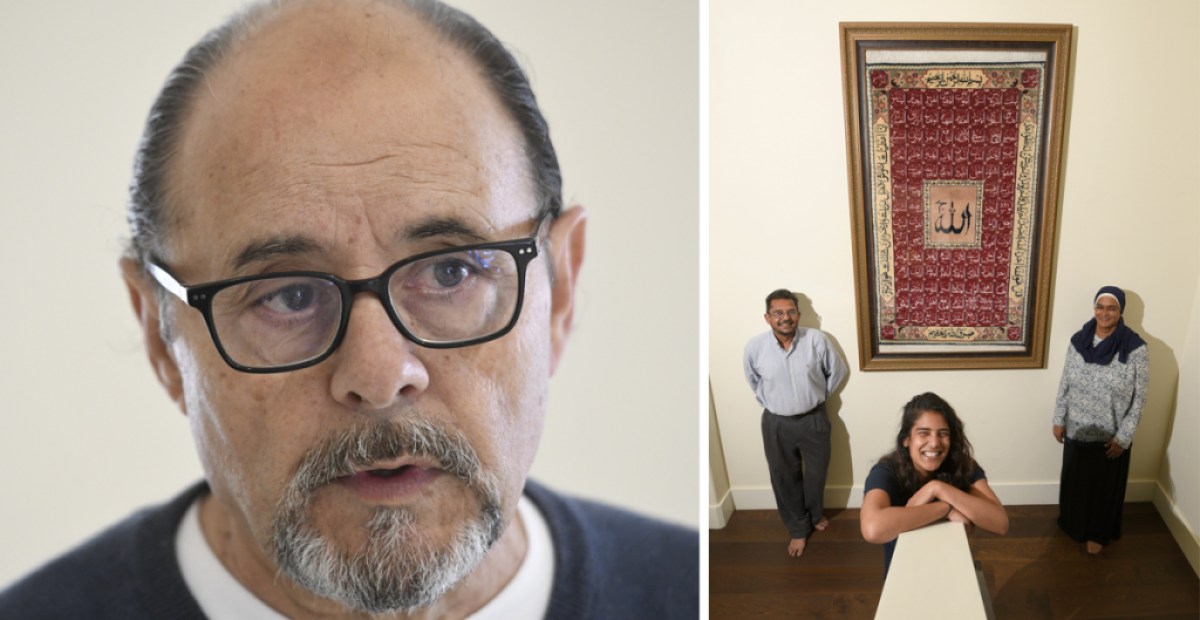
That meeting, which happened less than a month later, was more of a lovefest when 30 people spoke in support of the Islamic Center, many of whom belonged to the Interfaith Initiative. Despite the support of many community members, the society did need to call in legal help.
“It was an honor getting an opportunity to work with and support the organization, their families, and their community,” said Beth Collins, the attorney who took over the Islamic Society’s case. Collins did around $200,000 of pro-bono work, including filing a California Public Records Act Request to the City of Goleta in August 2013. She wanted to compare how long the Islamic Center had to wait for a Mitigated Negative Declaration with the waits of other religious centers in town. Such a declaration states that all the environmental changes a project has been told to make have to actually be accomplished. The Islamic Society submitted their revised plans in 2007 which included the condition to never remove ground vegetation during the bird nesting season. Nevertheless, it had to wait six years, an abnormally long time when other projects were given declarations in a matter of months. Collins eventually had to threaten then City Attorney Tim Giles with a lawsuit against the city under the Religious Land Use and Institutionalized Persons Act.
“[Muslims] will finally have their own home; it’s incredible.”
In December of that year, the Goleta City Council unanimously voted to approve the Islamic Center project. “They will finally have their own home; it’s incredible,” said Councilmember Roger Aceves. “But yes, this has been a very long journey. There have been many, many meetings, but today the council has the opportunity to make history together. We don’t get too many of these real feel-good meetings.” The hearing went on for hours, and the chamber packed with over 100 people. None were there to protest.
Three years later, in 2016, after the design was revised again and received unanimous support from the Design Review Board, the center was given the official building permit to begin construction, which is now nearly complete. In January, the city, in an unprecedented decision, waived $109,908.32 in fees, acknowledging the society’s two-decade ordeal and their unwavering patience and civility — including allowing the city to store equipment on society property during the construction of a nearby roundabout.
Today, on a short walk from Captain Fatty’s Brewery and the Historic Stow Grove House to the Islamic Center, one might see white-tailed kite birds flying over the mosque. For the Kahn family, the sight is a source of irony. Once, a baseless complaint against building the mosque was that it would disrupt these birds’ flight paths; now, it is a mesmerizing sight for those blessed enough to witness their beauty from the mihrab window during prayer.




You must be logged in to post a comment.